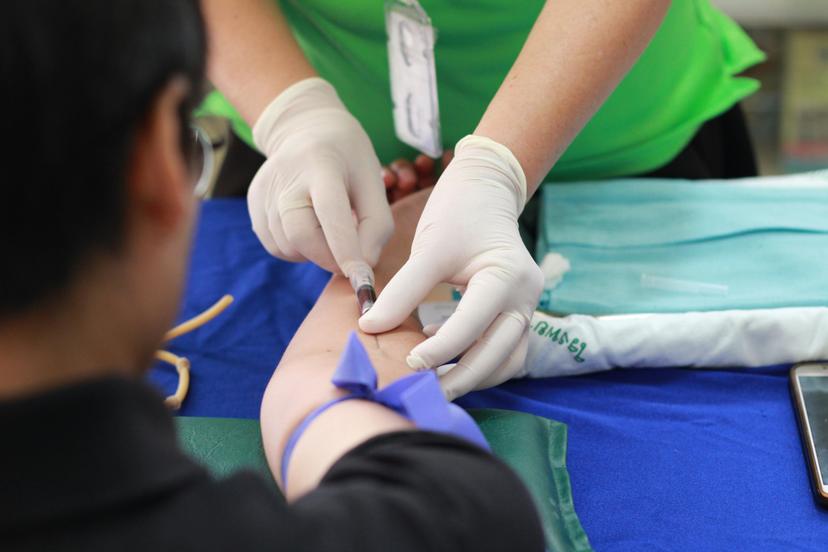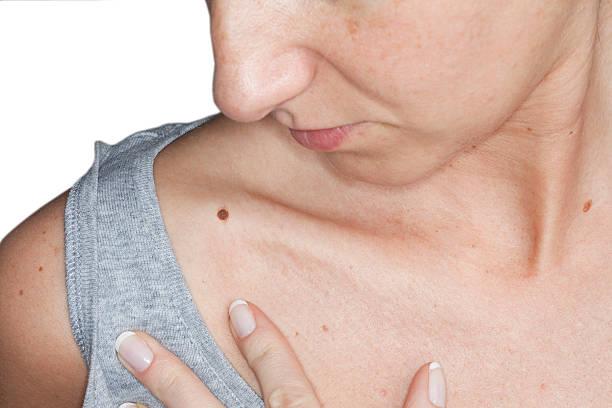
Melanoma: Understanding the Risks and Prevention
09 Oct, 2024
 Healthtrip
HealthtripAs we bask in the warmth of the sun, it's easy to forget the potential dangers that come with it. One of the most significant risks associated with excessive sun exposure is melanoma, a type of skin cancer that can be deadly if left untreated. With the number of melanoma cases on the rise, it's essential to understand the risks and take preventative measures to protect ourselves and our loved ones from this devastating disease.
What is Melanoma?
Melanoma is a type of skin cancer that develops from the pigment-producing cells called melanocytes. It can occur on any skin exposed to the sun, but it's more common in areas that receive frequent sun exposure, such as the face, neck, hands, and feet. Melanoma can also occur in areas that don't receive much sun, such as the soles of the feet or under the fingernails. According to the American Cancer Society, melanoma accounts for only about 1% of skin cancer cases, but it causes the majority of skin cancer deaths.
Most popular procedures in India
The Risks of Melanoma
Several factors increase the risk of developing melanoma. These include:
• Ultraviolet (UV) radiation: Exposure to UV radiation from the sun or tanning beds increases the risk of melanoma. People who live in sunny areas or spend a lot of time outdoors are at higher risk.
Wellness Treatments
Give yourself the time to relax
Lowest Prices Guaranteed!

Lowest Prices Guaranteed!
• Fair skin: People with fair skin, light hair, and light eyes are more susceptible to melanoma due to their skin's inability to produce enough melanin to protect it from the sun.
• Family history: Having a family history of melanoma increases an individual's risk of developing the disease.
• Weakened immune system: People with weakened immune systems, such as those with HIV/AIDS or taking immunosuppressive drugs, are more likely to develop melanoma.
• Moles: People with many moles or unusual moles are at higher risk of developing melanoma.
Prevention is Key
While melanoma can be deadly, it's also highly preventable. By taking simple precautions, we can significantly reduce our risk of developing this disease.
Protect Your Skin from the Sun
To reduce the risk of melanoma, it's essential to protect your skin from the sun's harmful UV rays. Here are some tips:
• Seek shade: Whenever possible, stay in the shade, especially during peak sun hours (10am-4pm).
• Wear protective clothing: Wear clothing that covers your skin, such as long-sleeved shirts, pants, and hats with a wide brim.
• Use sunscreen: Apply a broad-spectrum sunscreen with a Sun Protection Factor (SPF) of 30 or higher to all exposed skin. Reapply every two hours or after swimming or sweating.
• Avoid tanning beds: Tanning beds emit UV radiation, which increases the risk of melanoma. Avoid using them altogether.
Monitor Your Skin
Early detection is crucial in treating melanoma successfully. Perform regular self-examinations to monitor your skin for any changes or abnormalities.
• Check your skin regularly: Examine your skin from head to toe, paying attention to any new moles or changes in existing ones.
• Look for the ABCDE rule: When examining your skin, look for moles that exhibit the following characteristics:
• A - Asymmetry: If the mole is asymmetrical, meaning it doesn't have a circular shape.
• B - Border: If the mole has an irregular, notched, or scalloped border.
• C - Color: If the mole is multi-colored or has an unusual color, such as pink, red, white, or blue.
• D - Diameter: If the mole is larger in diameter than a pencil eraser.
• E - Evolving: If the mole is changing in size, shape, or color.
Don't Wait - Take Action
Melanoma is a serious disease, but it's also highly treatable if caught early. By understanding the risks and taking preventative measures, we can reduce our risk of developing this disease. Remember, prevention is key, and early detection is crucial. Don't wait - take action today to protect yourself and your loved ones from melanoma.
Related Blogs

The Unseen Enemy: The Rise of Squamous Cell Carcinoma
Squamous cell carcinoma is a type of cancer that affects

The Unrelenting Fight: The Battle Against Skin Cancer
Skin cancer is a type of cancer that affects the

Cutaneous T-Cell Lymphoma: The Skin Cancer
Cutaneous T-cell lymphoma is a type of cancer that affects

Basal Cell Carcinoma: The Most Common Skin Cancer
Basal cell carcinoma is the most common type of skin

Exploring the Three Main Skin Cancer Types
Skin cancer is a prevalent health concern worldwide, with its

Exploring Effective Options for Melanoma Skin Cancer Treatment
Melanoma skin cancer is a serious and potentially life-threatening condition










